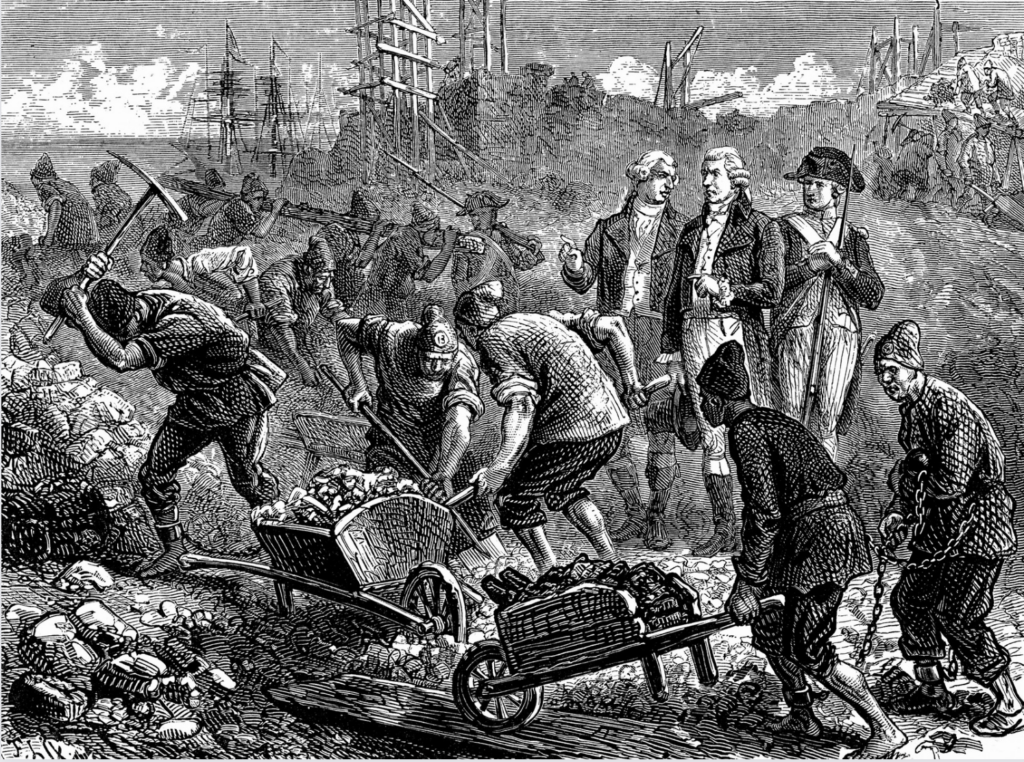Latest estimates published by the International Labour Organisation (ILO), Walk Free, and the International Organisation for Migration (IOM) reveal that around 50 million people globally were victims of modern slavery last year.
Of these, 28 million were in forced labour and 22 million were trapped in forced marriages.
The issue of modern slavery has become especially pertinent in recent years, with particular attention being paid to products and materials originating from the Xinjiang Ughygur Autonomous Region (XUAR), where China’s persecuted Muslim minority are forced into labour camps.
The Coalition to End Forced Labour in the Uyghur Region estimates that as much as one in five cotton garments and 45% of solar grade polysilicon, used to make solar panels, on the market are tainted with slave labour.
“Modern slavery is the antithesis of sustainable development. Yet in 2022, it continues to underpin our global economy. It is a man-made problem, connected to historical slavery and persisting structural inequality. Genuine political will is the key to ending these human rights abuses,” said Grace Forrest, Founding Director of Walk Free.
Global instability threatens individual liberty
Anti-modern slavery groups had predicted that the Covid-19 pandemic and the growing climate emergency would force more people into abusive working conditions. The statistics now support this theory.
Statistics on the issue were last published in 2017, when 5.4 people for every thousand in the world were found to be victims of modern slavery. Last year, this rose to 6.4 victims per thousand people. In total, the total estimated number of people in modern slavery has risen by 10 million.
“Modern slavery occurs in almost every country and cuts across ethnic, cultural, and religious lines. More than half (52%) of all forced labour and a quarter of all forced marriages can be found in upper-middle income or high-income countries,” NGO Walk Free stated in a press release.
86% of forced labour takes place in the private sector and 23% of cases pertain to commercial sexual exploitation (80% of which are women and girls). 22 million people were estimated to be in forced marriages in 2021 – an increase of 6.6 million since 2017.
Forced marriage is most prevalent in the Arab States, where 4.8 people out of every 1,000 are implicated.
Migrant workers
Migrant workers are particularly susceptible to exploitation and forced labour. In the United Kingdom, an estimated 100,000 migrant workers are in forced labour; in the EU many more are estimated to be working in agriculture. Punitive immigration laws open the door to human trafficking, which aggravates this problem.
“It is shocking that the situation of modern slavery is not improving. Nothing can justify the persistence of this fundamental abuse of human rights,” said ILO Director-General Guy Ryder. “We know what needs to be done: effective national policies and regulation are fundamental... International standards provide a sound basis and an all-hands-on-deck approach is needed.”
Related News
- Modern slavery: 55 victims of human trafficking on Antwerp construction site
- Belgian hospitals engage in illegal hiring practices
The report offers suggestions for tackling the problem head-on. Notably, the ILO and other groups state that nations should collectively improve and enforce laws and labour inspections.
Furthermore, pressure needs to be put on countries to end state-imposed forced labour. Companies need greater oversight of their global supply chains and should promote fair and ethical recruitment. Migrant workers, the most likely to be abused, require special attention.
“This report underscores the urgency of ensuring that all migration is safe, orderly, and regularized. Protecting migrants from forced labour and trafficking depends first and foremost on national policy and legal frameworks,” concluded António Vitorino, IOM Director-General.

